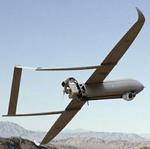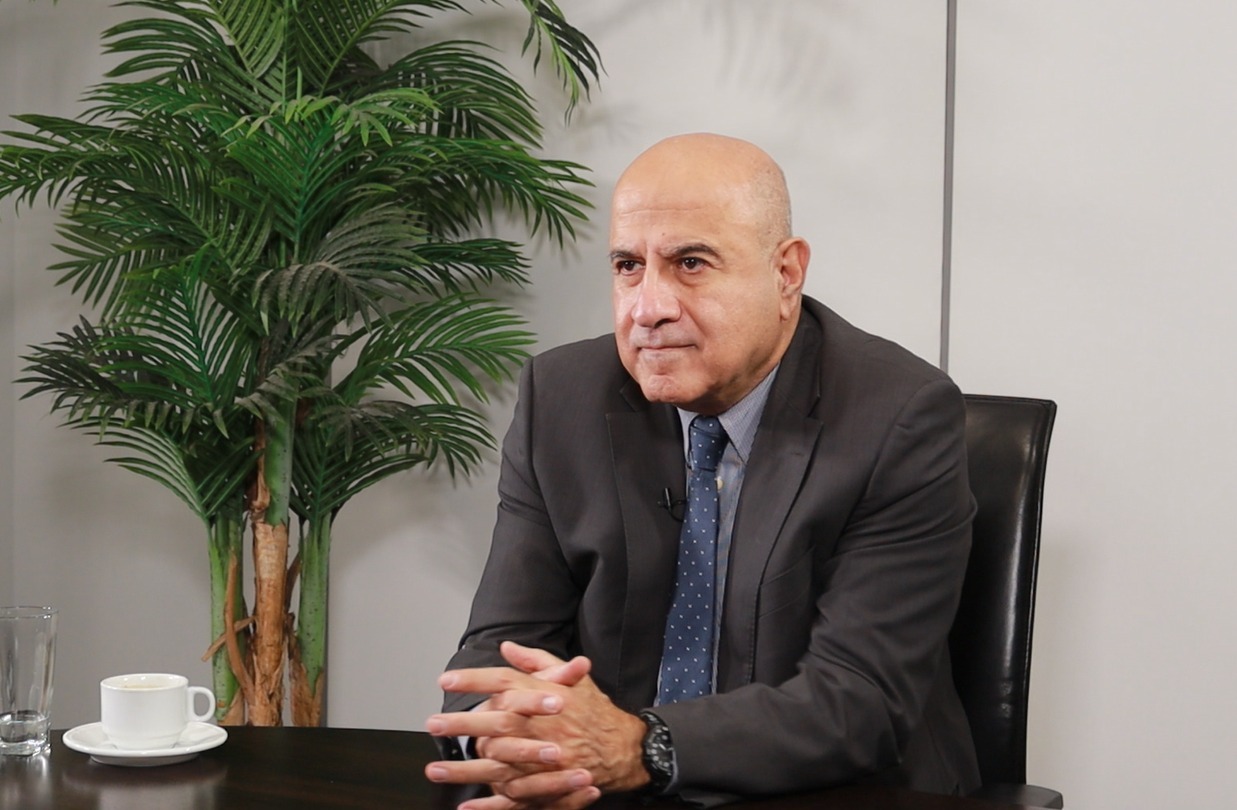Iran Shows Off Its Bounty of Crashed Drones and New UAVs
Farzin Nadimi/The Washington Institute/October 06/016
The IRGC has sought to prove the resilience and technological prowess of its new UAVs by displaying them next to recovered models from other countries, but it may also be trying to mask key shortcomings.
At a widely publicized event on October 1, Iran’s Islamic Revolutionary Guard Corps (IRGC) unveiled a scale model of a new drone based on the American RQ-170 Sentinel stealth unmanned aerial vehicle (UAV) that crash-landed in its territory in 2011. Hung underneath the model were four electro-optically guided Sadid bombs/missiles. The lookalike is named Saegheh (Lightning) and is claimed to be part of a family of drones based on the Sentinel, equipped with either jet or piston engines.
The IRGC was no doubt rushing to convince observers that it was on the cusp of developing a UAV on par with advanced U.S. drones, releasing a video purportedly showing a full-size version (Simorgh, named after a mythical bird) taking to the air. Yet even if Iran is closing in on the original Sentinel aerodynamically, it could still be years away from fully reverse-engineering that UAV’s sophisticated internal systems and electronics. And while the added Sadid weapons could technically give the Iranian model a notable antisurface capability, they would ruin the low-observable qualities that a stealth design is supposed to have — assuming it could even fly and operate effectively with such a load.
To be sure, Iran’s UAV industry has made noticeable progress in recent years, producing large drones such as the Shahed 129, which is armed with guided air-to-surface weapons. Unveiled in 2013, the Shahed is probably the most developed and successful Iranian drone, with repeated sightings over Iraq and Syria. There are few reports of them crashing; one was lost on the Iran-Pakistan border in 2015. Tehran also unveiled the long-endurance Fotros (a mythical Shiite angel) UAV in 2013, with a large wingspan and the claimed ability to loiter for more than a day at 25,000 feet. It bears a striking resemblance to the Israeli Heron UAV.
Despite such progress, however, the Iranians still lag behind in crucial areas such as systems integration and long-range navigation, data links, and fuel systems. Tehran claims that its drones can operate at ranges exceeding 3,000 kilometers with an endurance of up to thirty hours, but without real-time satellite communications and data feed, their effectiveness would be highly questionable at such ranges.
During the same event, the IRGC also showed several wrecked drones that it had stitched back together, including an almost intact RQ-1A (erroneously identified as MQ-1C) Predator beside a similar size Shahed 129, an RQ-7 Shadow, a ScanEagle, and an RQ-11 Raven handheld drone. ScanEagles and Ravens were widely used by the U.S. military in Iraq and Afghanistan, but they are also in service with Iraqi, Pakistani, Lebanese, and Yemeni armed forces, among others, so the origin of the IRGC’s version is uncertain. As for the Predator, the U.S. military has lost a number of that model in Taliban-held portions of Pakistan and Afghanistan, so locals may have turned one or more over to the IRGC’s elite extraterritorial branch, the Qods Force, in exchange for weapons and ammunition.
Iran has two copied versions of the ScanEagle, called Kavosh (Search) and Yasser (Butcher) by the IRGC. The latter model has been seen supporting the Assad regime and its allies in Syria since 2013. That same year, Iran presented an example of the copied drone to visiting Gen. Viktor Bondarev, commander of the Russian Aerospace Forces.
Finally, the IRGC also displayed the reconditioned wreckage of a small UAV that it has misidentified as an Israeli Hermes 450 since 2014, when it claimed to shoot the vehicle down near the Natanz nuclear enrichment facility. This drone, and the Iranian copy also displayed, look identical to an Armenian UAV seen in 2012 in service with the armed forces of the Nagorno-Karabakh region, which borders Iran. One potential reason for the misidentification, if not done purposefully, is that Armenian writing on the wreckage might look like Hebrew to Iranian personnel.
Regarding the actual capabilities of Iran’s existing drones, in addition to conducting surveillance and reconnaissance missions at ranges of at least 200 kilometers, they can now apparently take out individual ground targets using guided bombs and missiles. The Sadid missile is similar in configuration to the Israeli Spike antitank guided missile, which has a range of 2.5 to 5 kilometers when launched from the ground. The unpowered glide version of the weapon can add some stealth capability by eliminating the missile’s launch signature. Iran has also been trying to improve the flexibility of its drones. In the past it has shown various UAVs with man-portable air defense systems (MANPADS) under their wings, modified to work as air-to-air missiles. While such a capability would be of little use against high-performance aircraft, it could pose a threat to slow-moving military and civilian planes or helicopters, assuming it can be used operationally.
Going forward, the lifting of sanctions under the nuclear deal will give Iran an opportunity to seek international collaboration on its drone program, including with Russia, Belarus, China, India, and the Czech Republic. These potential partners could help Tehran obtain the technology and parts it needs to make more advanced drones with longer ranges, better endurance, and versatile data links. At the same time, countries in the region and their foreign allies should not underestimate the potential challenges created by Iran’s existing drones — even less-advanced UAVs can pose significant threats to civilian infrastructure if used aggressively, as shown when Dubai’s airport shut down recently due to an unidentified drone in the vicinity.
**Farzin Nadimi is a Washington-based analyst specializing in the security and defense affairs of Iran and the Persian Gulf region.




















